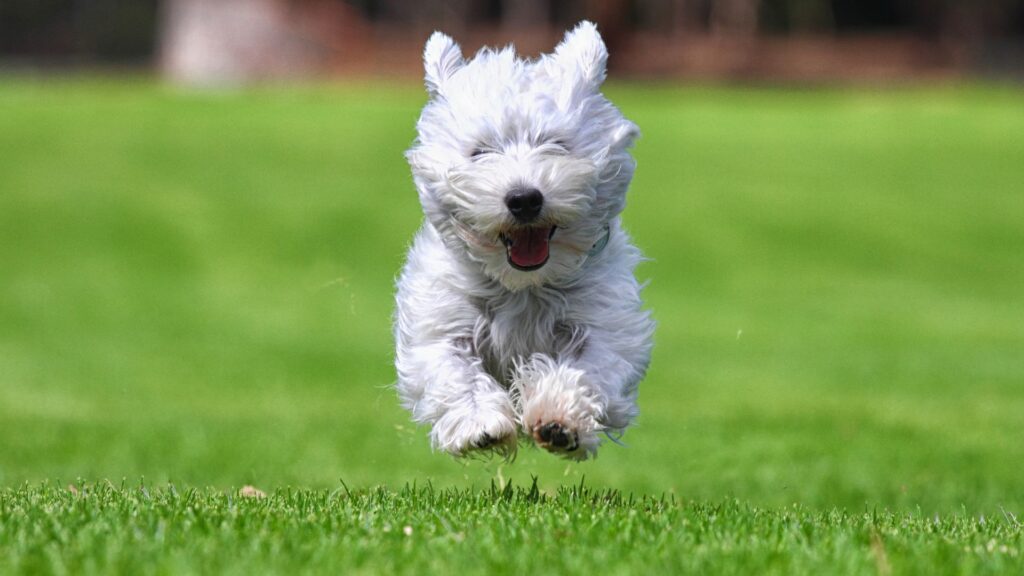A dog is a man's best friend and often considered a family member. However, sometimes a dog runs away from home and it can be extremely stressful for the owner. The reasons for running away can be varied, from a need for adventure to fear or illness. If you want your dog to stay at home, it is necessary to understand the reasons for running away and to face them.

REASONS FOR A DOG RUNNING AWAY
- • Lack of physical and mental stimulation is one of the main reasons for a dog running away. If a dog is not exhausted enough, it may start seeking adventure and challenges outside the home. Additionally, if a dog does not have enough mental stimulation, it may feel unfulfilled and start looking for entertainment.
- • Fear or anxiety is another reason for a dog running away. If a dog has a fear of certain situations or people, it may try to run away when faced with them. Furthermore, if a dog has anxiety, it may start to become afraid and try to run away to feel safer.
- • Illness is yet another reason for a dog running away. If a dog has an illness or injury, it may start seeking shelter or help. Additionally, some illnesses can cause changes in a dog's behavior that can lead to running away.
- • A particularly pronounced reason for running away, especially among male dogs, is the need to mate. It often happens that a dog runs away from home when it senses a female in heat nearby.
To prevent a dog from running away, it is necessary to ensure that the dog has enough physical and mental stimulation. This can include daily walks, games, and training. Additionally, it is necessary to ensure that the dog has a safe and comfortable place to rest and is secure from all possible sources of fear or anxiety.
If a dog already shows a tendency to run away, it is necessary to work on understanding and overcoming the reason for running away. This may require involvement with a dog behavior specialist.

HOW TO TRAIN A DOG NOT TO RUN AWAY FROM HOME
Training a dog not to run away from home is a process that requires patience, perseverance and regular exercise. Here are a few steps that can help in training your dog to stay at home:
- Provide enough physical and mental stimulation. A dog that is adequately exhausted and mentally satisfied is less likely to run away.
- • Include obedience commands such as "STAY" and "COME" in daily activities with the dog. This training will help the dog understand that it is expected to remain nearby and return on command.
- • Make the yard safe for the dog. This includes checking the fence for being high and strong enough and making sure the dog can't escape through a gap or space.
- • Build trust and a bond with the dog. If the dog feels safe and loved by its owner, it is less likely to run away.
- Incorporate positive reinforcement. This involves rewarding the dog when it returns on command or stays at home.
- • Involve an expert in the process. If it is proving difficult to train the dog not to run away, seek the help of a dog behavior expert or veterinarian to determine the cause and develop a plan to resolve the problem.

It is important to keep in mind that every dog is unique and may have different needs and reasons for running away. Therefore, it is important to tailor the training to your dog and be patient in the process.
I hope this text will help you resolve the problem of running away from home and that in the future your four-legged friend will always be with you 😊

